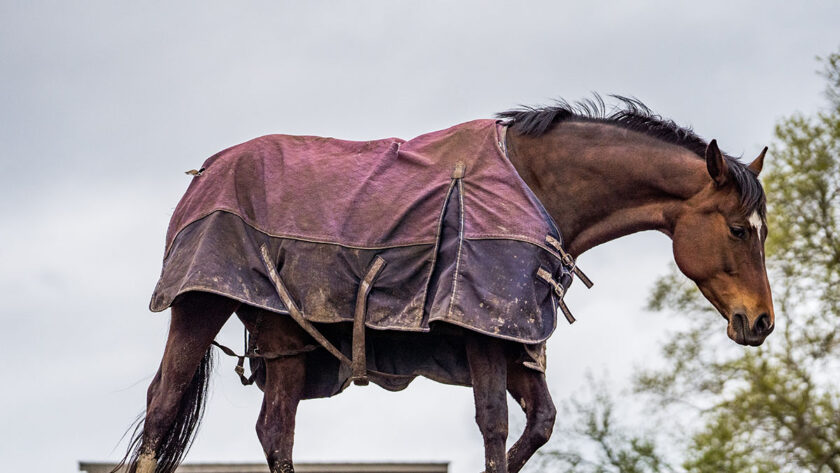As a horse owner, one of the most important things you can do for your horse is to ensure they are comfortable in all weather conditions.
This often means using a horse rug or blanket to protect them from the elements. However, it can be difficult to know when to use a rug or blanket, and what type of rug is best for different situations.
In this guide, we will cover everything you need to know about when to use a horse rug and blanket.

Is it Better to Over or Under Rug a Horse?
One of the most common questions horse owners ask is whether it is better to over or under-rug a horse. Over-rugging can cause a horse to overheat while under-rugging can leave them feeling cold and uncomfortable.
It is vital to use the right amount of rugs for the weather conditions and your horse’s individual needs. Factors to consider when determining the appropriate amount of rugs for a horse include their age, breed, coat type, and activity level.
How to Know When to Rug Up Your Horse
Knowing when to rug up your horse is crucial for their comfort and well-being. Signs that your horse may need a rug include shivering, a cold back, a dull coat, and a decreased appetite. However, it is best to consider other factors such as temperature, humidity, wind chill, and precipitation.
Tips for determining the appropriate type of rug for your horse include using a rug that fits well, is made from high-quality materials, and provides the right amount of insulation for the weather conditions.
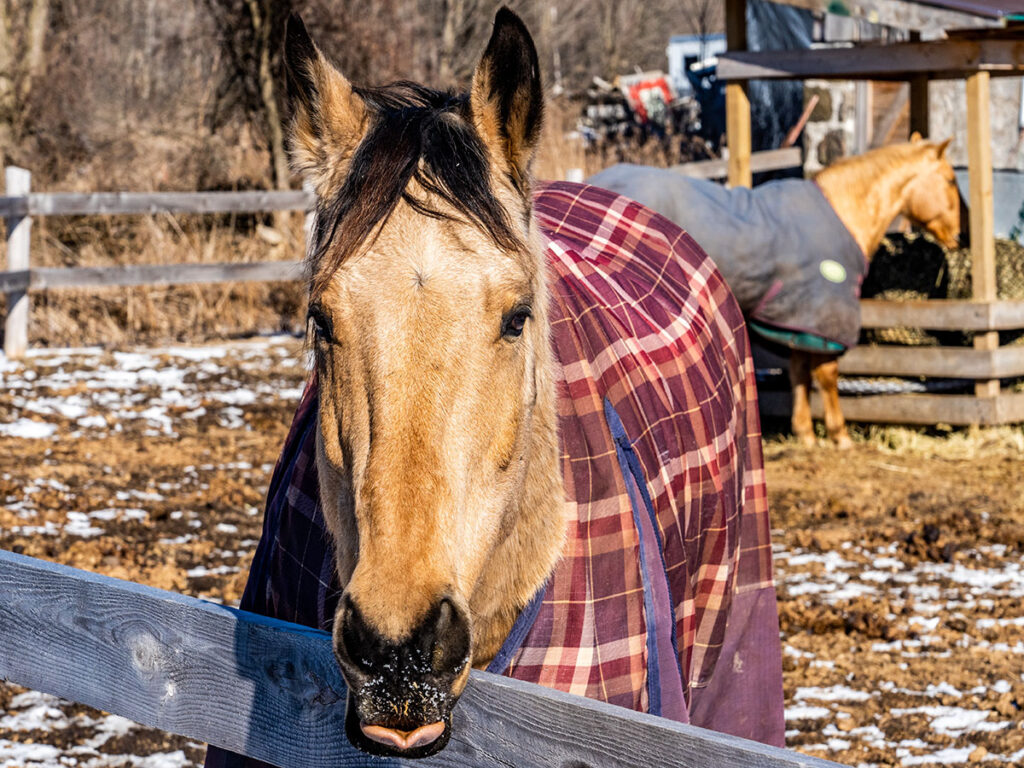
What Temperature Should I Put a Rug on My Horse?
The temperature range for different types of rugs varies depending on the materials used and the level of insulation provided. In general, a lightweight rug is suitable for temperatures above 50°F (10°C), a medium-weight rug is ideal for temperatures between 30-50°F (-1-10°C), and a heavyweight rug is best for temperatures below 30°F (-1°C).
It is important to monitor temperature and humidity levels to determine when a rug is necessary and when it should be removed.
Should a Horse Feel Warm Under a Rug?
While it is comforting for a horse to feel warm under a rug, it is imperative to ensure they are not overheated. A horse’s normal body temperature is between 99-101.5°F. If a horse’s body temperature rises above 102°F, they may be overheated.
To ensure a horse is not overheated or underheated, it is wise to monitor their body temperature regularly and adjust the number of rugs as necessary.
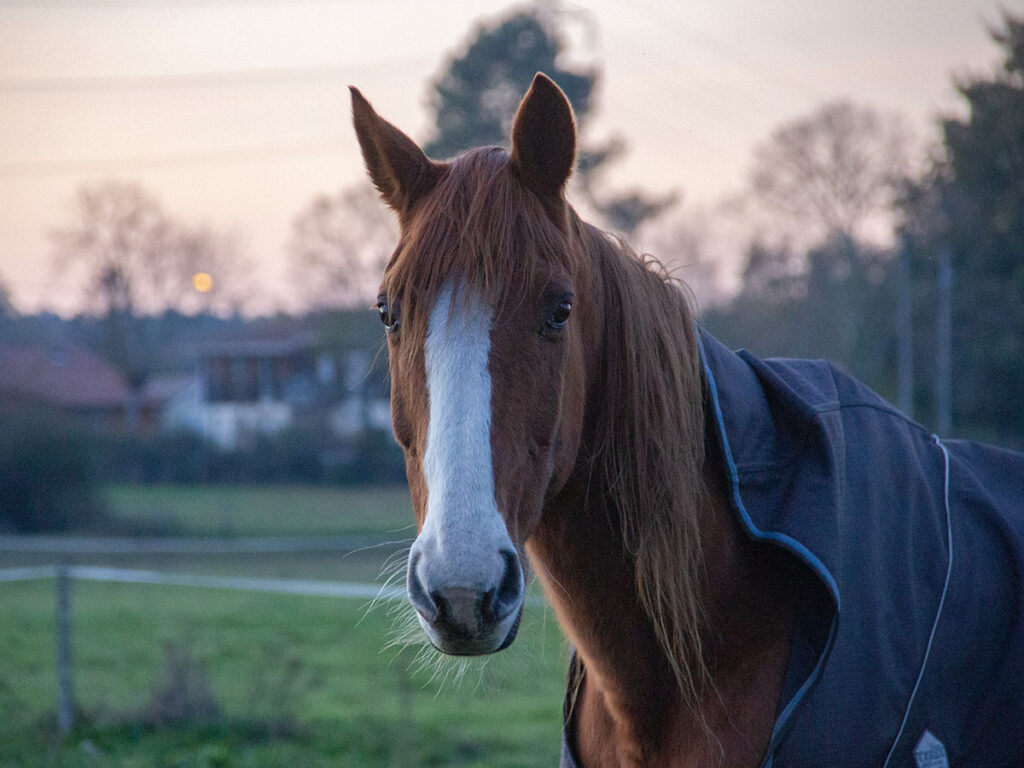
How Do I Know if My Horse is Warm Enough?
Signs of a horse being too cold include shivering, a cold back, a dull coat, and a decreased appetite. Indicators of a horse being too warm include sweating, rapid breathing, and restlessness. Factors to consider when determining if a horse is warm enough include their age, breed, coat type, and activity level. Always check a horse’s body temperature regularly to ensure they are comfortable.
How Cold is Too Cold for a Horse?
Horses are comfortable in temperatures between 18-59°F. However, they can tolerate temperatures as low as 5°F as long as they are provided with appropriate shelter, food, and water.
Exposing a horse to extremely cold temperatures can lead to hypothermia, frostbite, and other health issues. Be aware of weather conditions and adjust the number of rugs as necessary to keep horses comfortable.
When Should I Start Rugging My Horse?
The appropriate time to start rugging a horse depends on the weather conditions and the horse’s individual needs. In general, it is best to gradually introduce rugs to a horse as the temperature begins to drop.
A gradual approach helps the horse to adjust to the added warmth and prevents overheating. Consider the horse’s age, breed, and activity level when determining when to start rugging them. For example, older horses and horses with thinner coats may need rugs earlier in the season than younger horses with thicker coats.

Should I Blanket My Horse in the Rain?
Blanketing a horse in the rain can help to keep them dry and comfortable. Choose a waterproof blanket or rug and ensure it fits well to prevent chafing and rubbing. As with any new rug and horse check the horse’s body temperature to ensure they are not overheating when turned out.
Can a Horse Overheat in a Rug?
Yes, a horse can overheat in a rug if the rug is too heavy for the weather conditions or if the horse is too active. Signs of overheating include sweating, rapid breathing, and restlessness. Check and adjust the number of rugs as necessary to prevent overheating.
How Do You Know If Your Pony Needs a Rug?
The same factors that apply to horses also apply to ponies when it comes to determining when they need a rug. Like with a horse consider the pony’s age, breed, coat type, and activity level when choosing a rug and monitoring their body temperature to ensure they are comfortable.
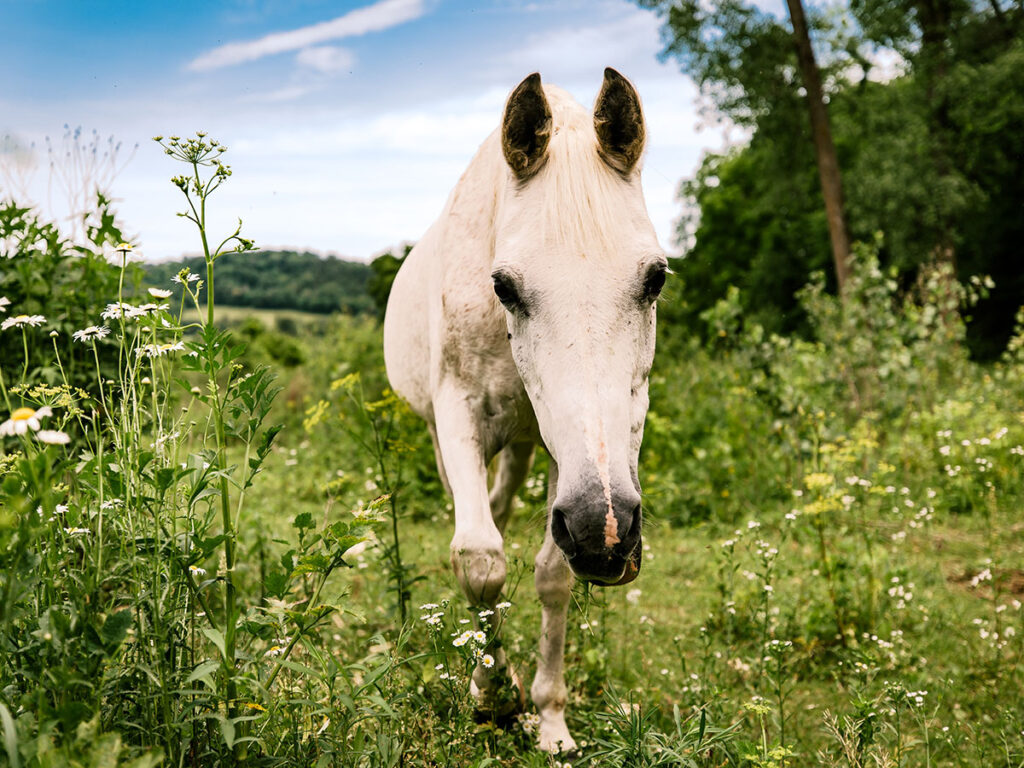
Are Horses Better Without Rugs On?
While horses can survive without rugs, they are more comfortable when they are protected from the elements. Rugs help to regulate a horse’s body temperature and prevent them from becoming too cold or too warm. They also help keep horses clean and dry, which can reduce the risk of skin infections and other health issues.
At What Temperature Do Horses Feel Cold?
Horses can start to feel cold at temperatures below 50°F. However, the appropriate temperature range for a horse depends on their age, breed, coat type, and activity level. Monitor the weather conditions and adjust the number of rugs as necessary to keep horses comfortable and warm.
What Are the Disadvantages of Rugging a Horse?
While rugging a horse has many advantages, there are also some disadvantages. These include the cost of purchasing and maintaining rugs, the time required to properly fit and adjust rugs, and the risk of injury or discomfort if a rug is not fitting properly or is left on for too long.
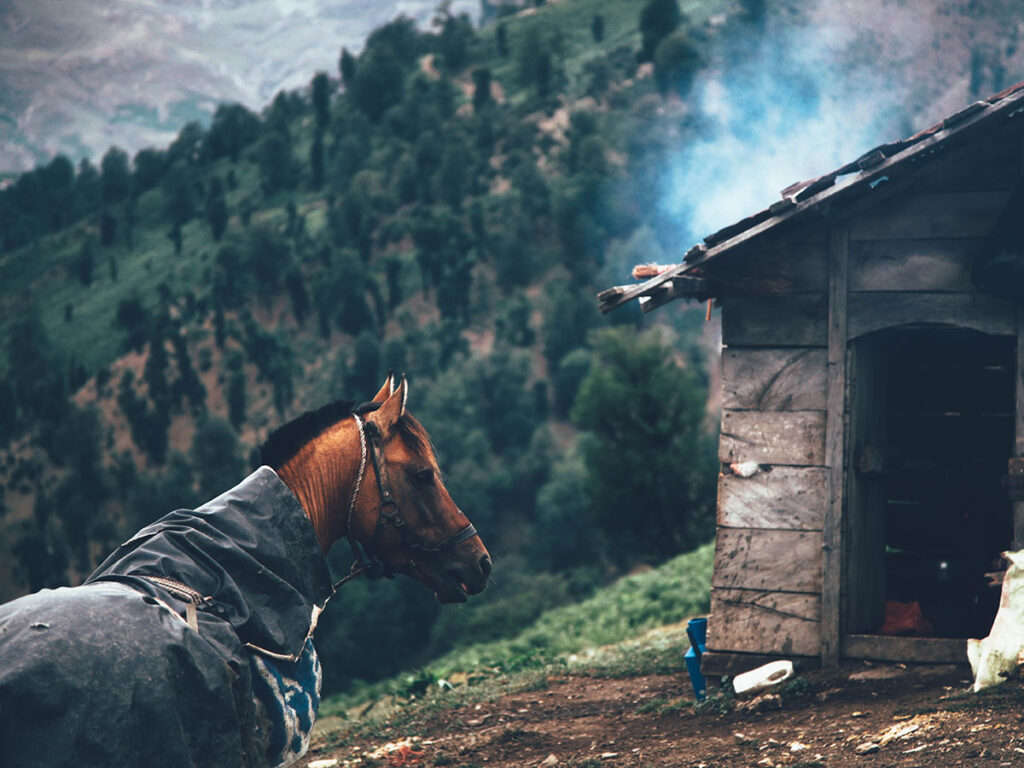
Using a horse rug or blanket can be a great way to keep your horse comfortable and protected from the elements. However, make sure you use the right rug type for the weather conditions and your horse’s individual needs. By monitoring your horse’s body temperature and adjusting the number or type of rugs as necessary, you can ensure that your horse is comfortable in all weather conditions.
As a responsible horse owner, ensure you understand when to use a horse rug and blanket to keep your horse stays healthy and comfortable. Remember to choose a rug that fits well and is appropriate for the weather. Monitor your horse’s body temperature regularly to ensure they are not too cold or too warm. And don’t forget to remove rugs regularly to allow your horse’s coat to breathe and to prevent overheating.
Finally, it’s important to remember that every horse is unique and may have different needs when it comes to rugging. If you’re unsure about when to use a horse rug or blanket for your horse, don’t hesitate to consult your veterinarian or a knowledgeable equine professional.

